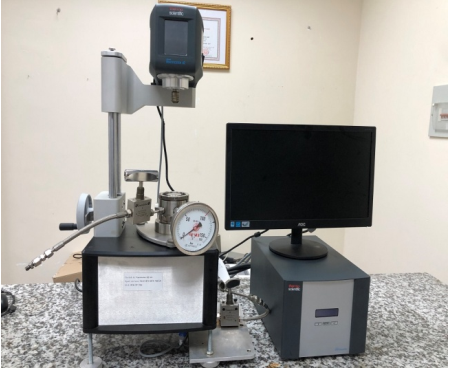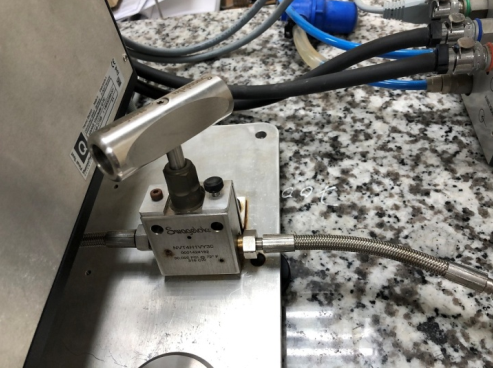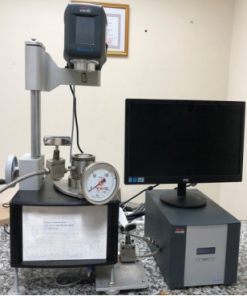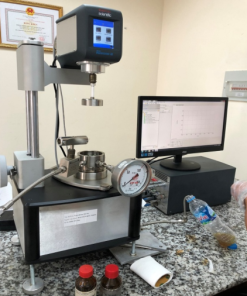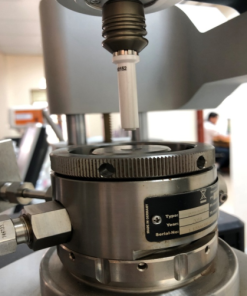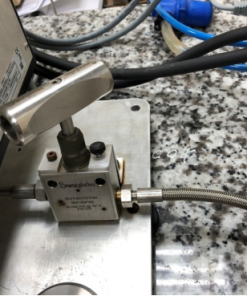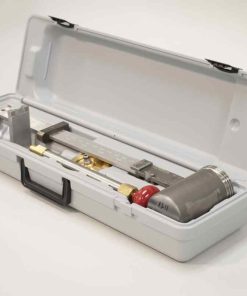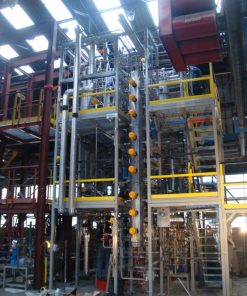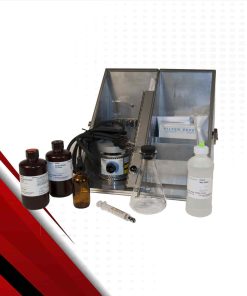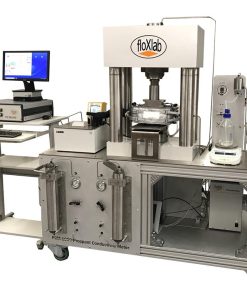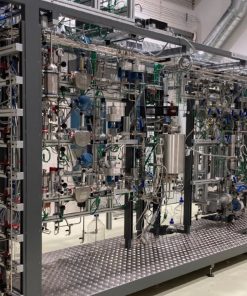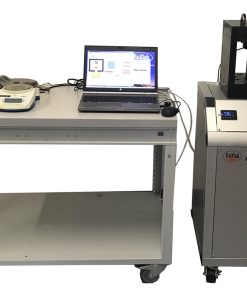HAAKE VISCOTESTER IQ PC
Related products
The Vinci Technologies GADIS system is the perfect example of development that contributes to tackle the dual problem of energy crisis and environmental degradation
Fann density balances are constructed of premium metals for durability, accuracy and ease of use. A high impact plastic case protects the balance during transport and provides a secure base in its working position. A custom spreadsheet is available for recording callibration results. Click "Technical Documents and Materials" on the right.
Vinci Technologies provides testing tools to investigate operation and performance of new high efficient catalysts capable of CO2 conversion to high added value liquid. Thanks to Vinci Technologies versatile design, accurate catalyst activity investigation can be carried out, to optimize development active and selective catalyst.
The Methylene Blue Test determines the amount of reactive solids in a fluid sample, based on the cation exchange capacity of the solids.
The Model 802P 600oF Roller Oven and the 600oF High Temperature Aging Cell are Fann’s next generation of heat aging test equipment.
Proppant pack conductivity with brine and gas Several API cell configuration available ( single ,multi API cell)
Vinci Technologies provides stat of the art testing tools to investigate operation and performance of new high efficient catalysts capable of biomass co-processing to high added value liquid. Thanks to Vinci Technologies versatile design, accurate catalyst activity investigation can be carried out, to optimize development active and selective catalyst.
Fully automated apparatus Rapid, accurate and reproducible data Precision control improved test consistency and accuracy

